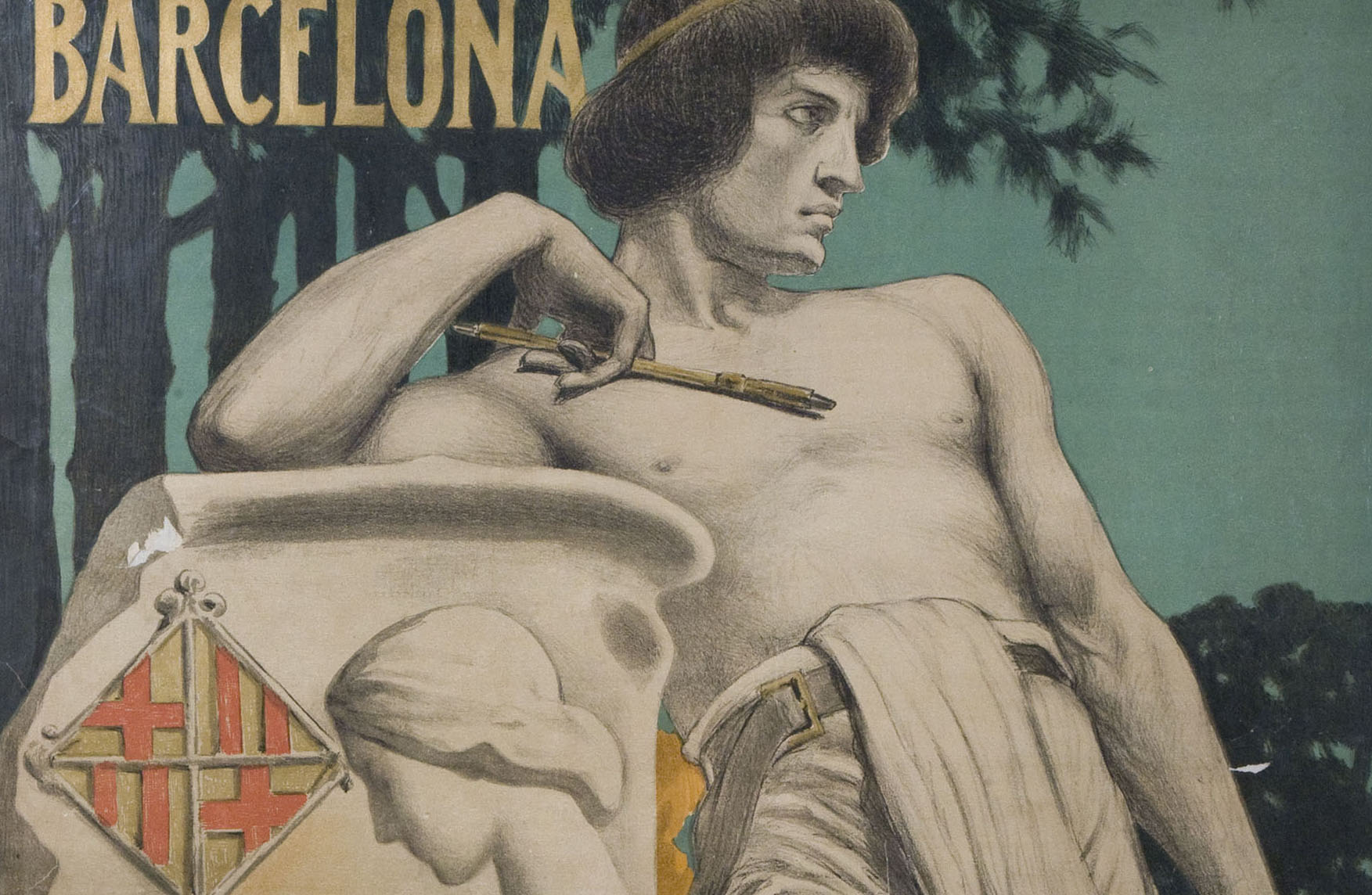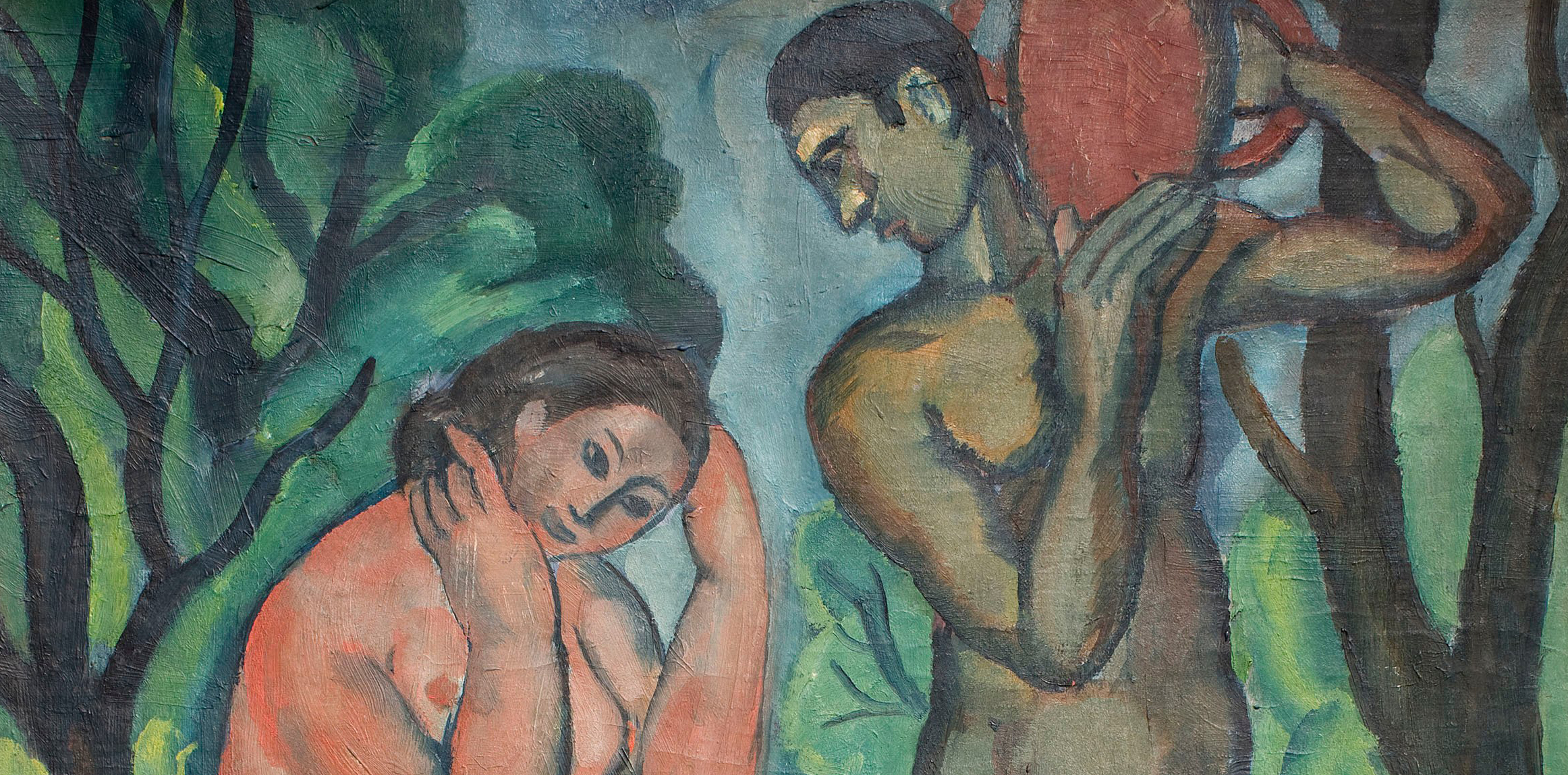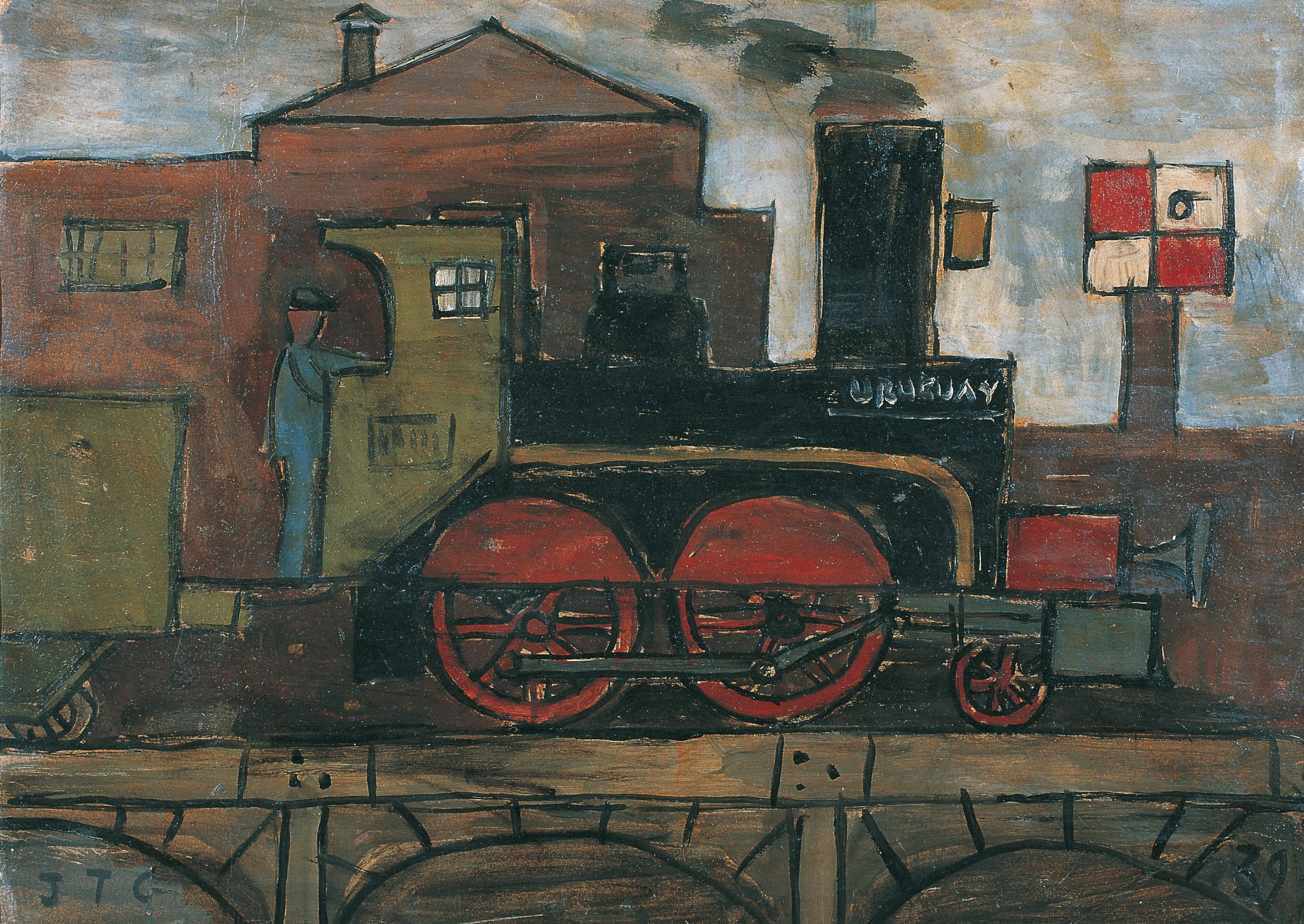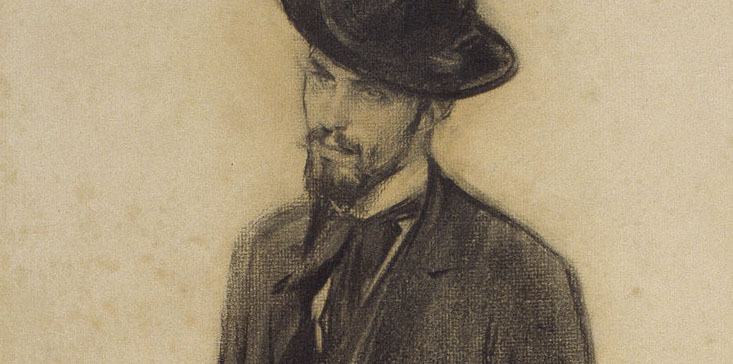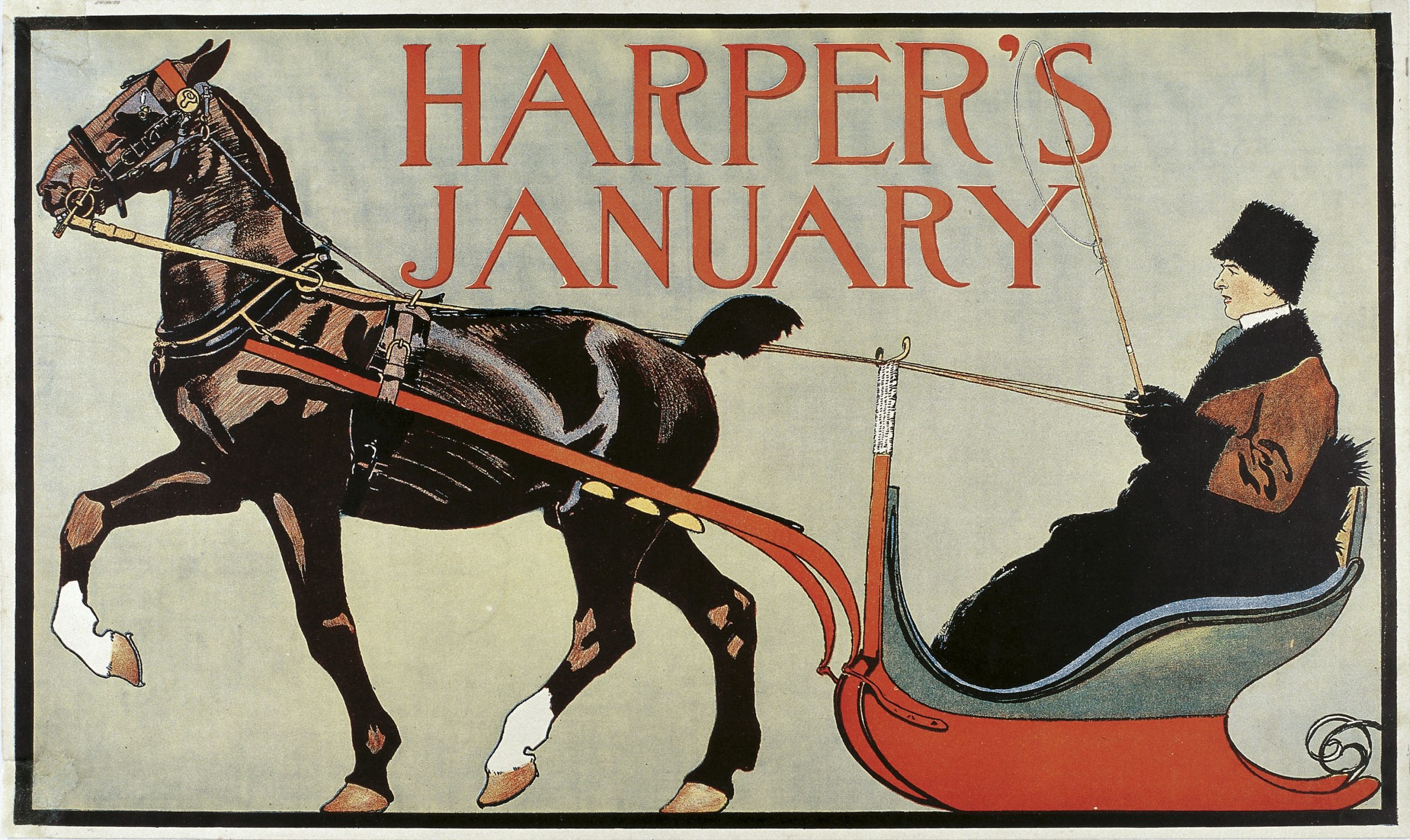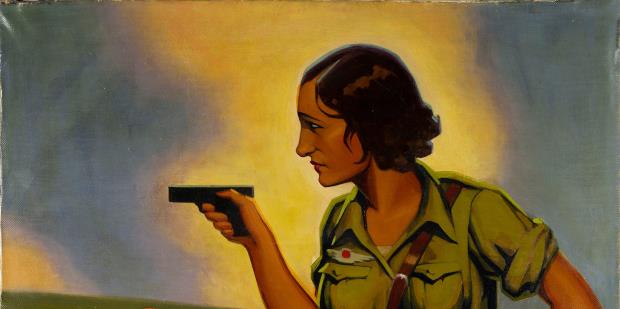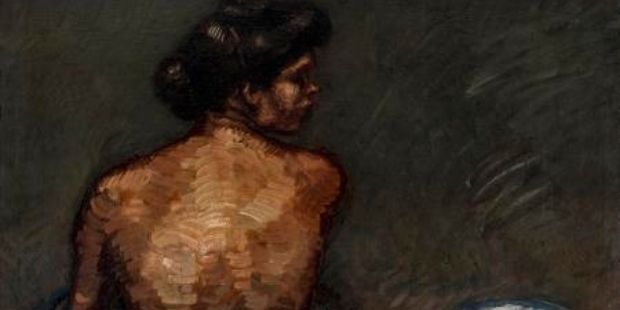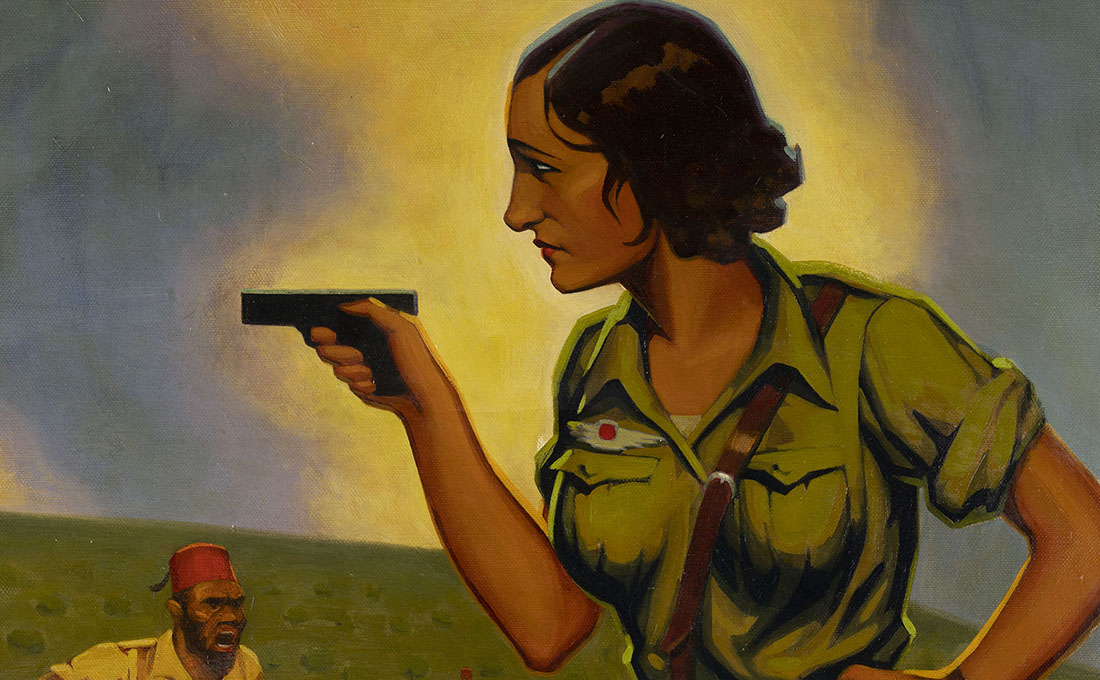
Eduard Vallès 18 November 1939. Camp de la Bota, Barcelona At a quarter to six in the morning Lluís Serra Giribert (Manresa, 1903 – Barcelona, 1939) was executed by firing squad at Camp de la Bota. He was 36. Born in Manresa, he was adopted by a well-to-do family in Horta de Sant Joan (Terra…
Read more
